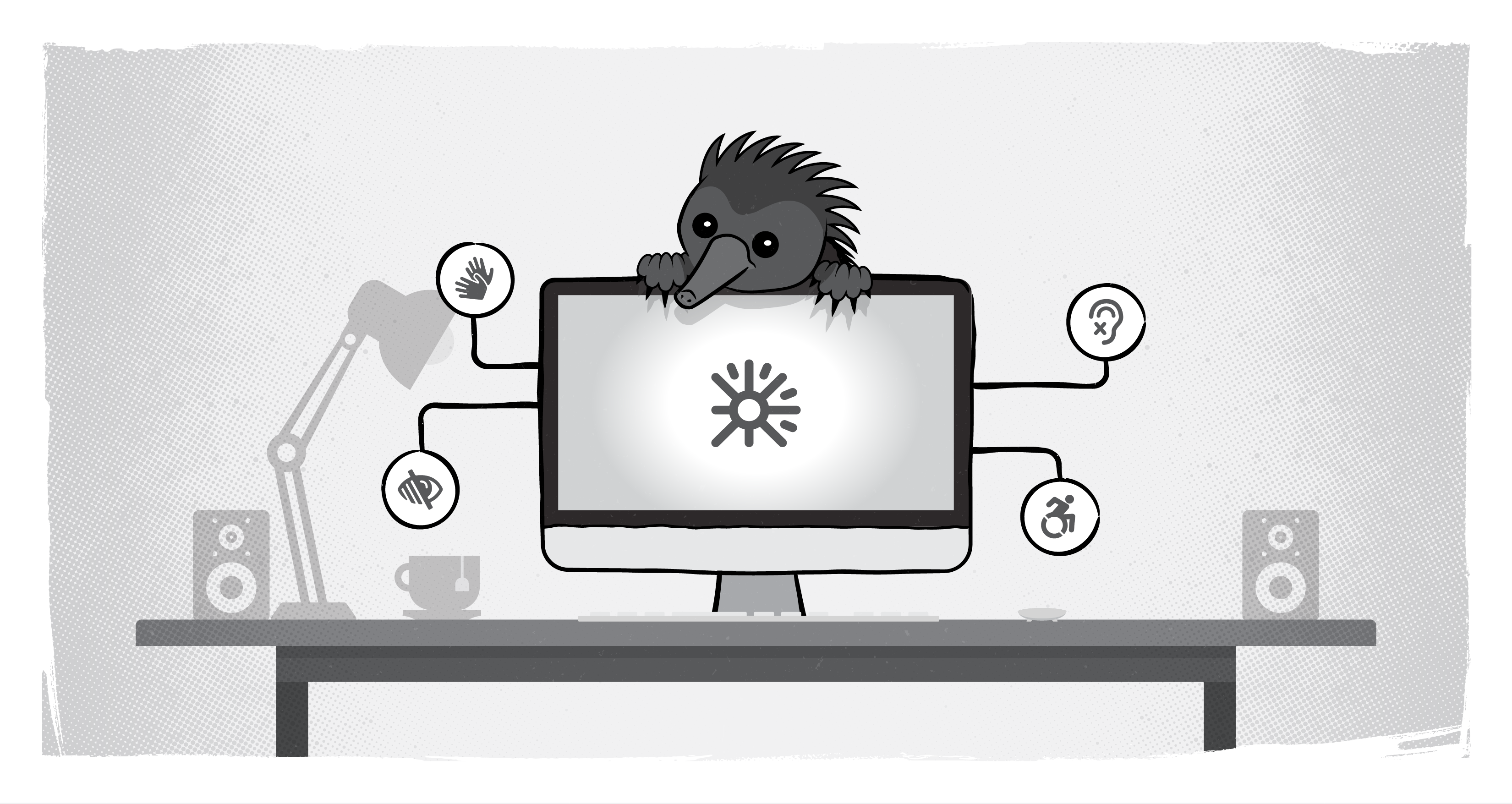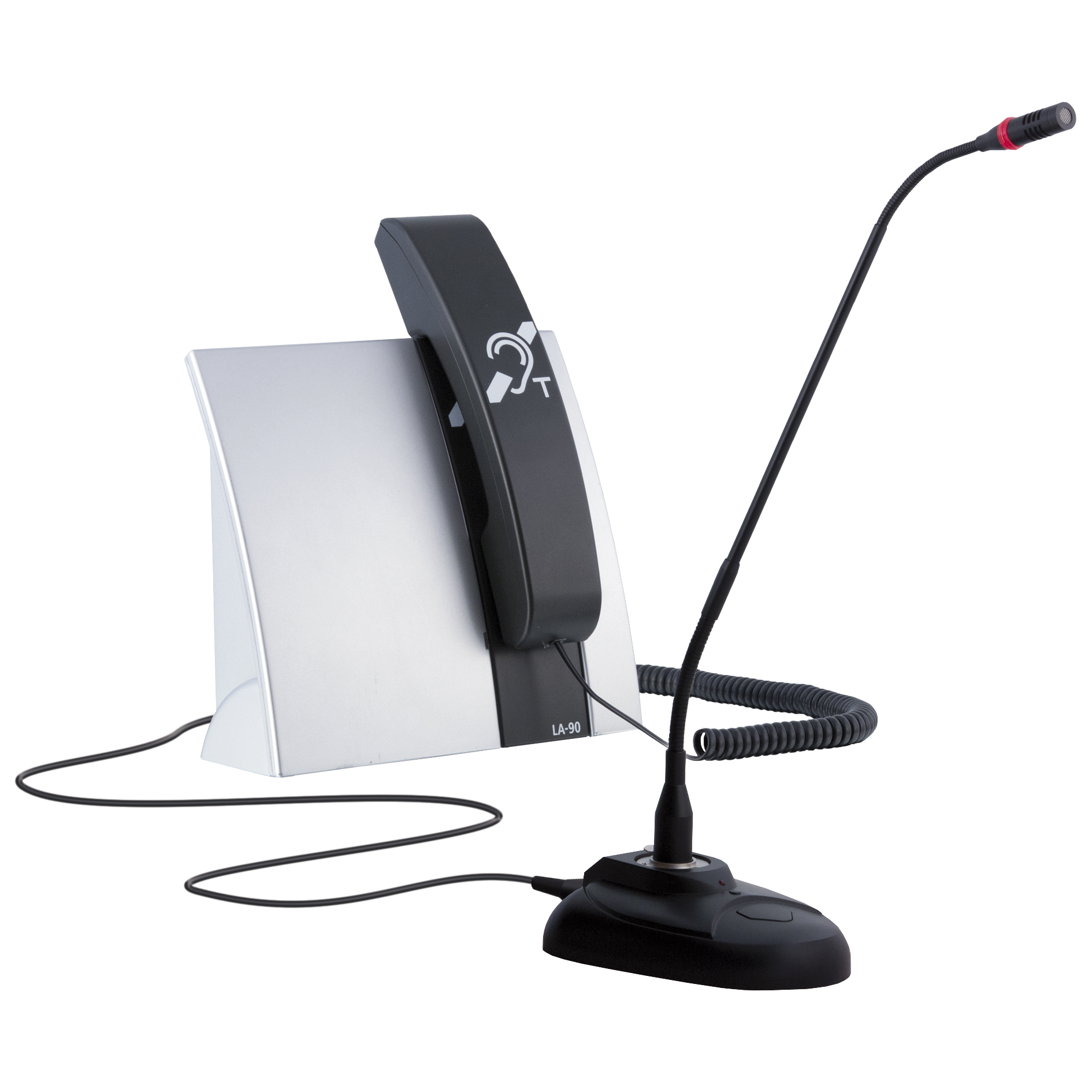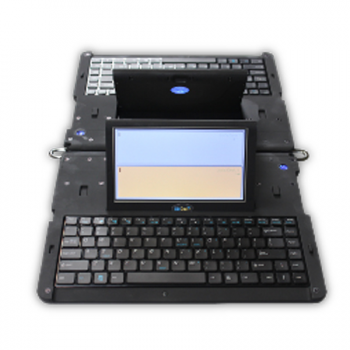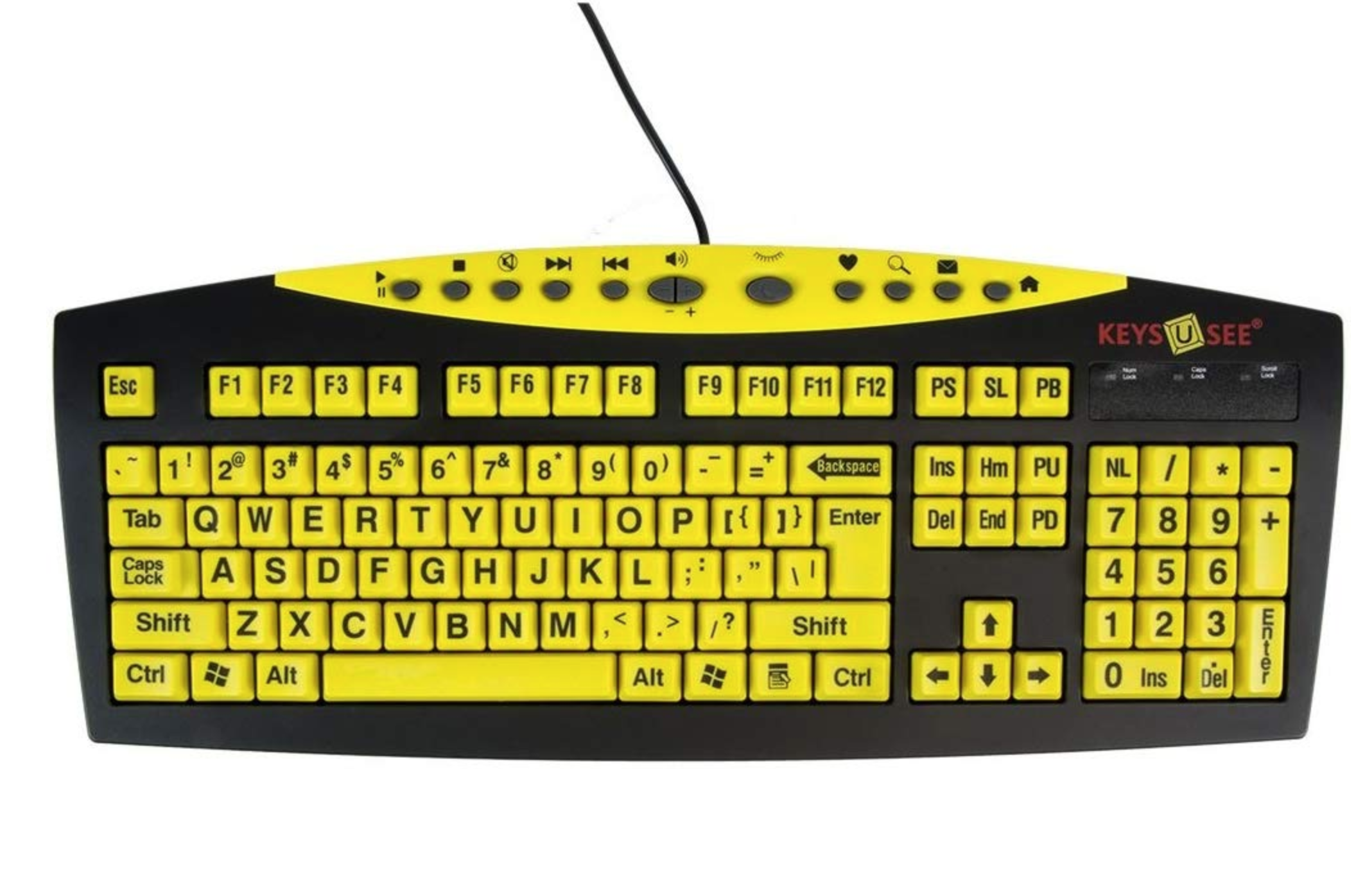Accessible Engagement Tools to Create Equitable Opportunities

The best way to learn about your customers, their needs, the challenges they face, and the problems you can solve is by asking them directly. However, asking is not a one-approach-fits-all solution -- especially when you’re dealing with accessibility.
A few months ago, we shared some structural ideas on how to make your user engagement efforts more accessible. Today, we thought we’d share some of the tech that you can also obtain to improve your accessible communications efforts.
When building a website, the output from targetted focus groups feed directly into website design and strategy decisions. It is up to you to ensure that you include user testing that evaluates the experience or typical user journey for people who use adaptive technology to communicate.
The tools listed below are courtesy of City of London, and on loan to us as we partner with them on the rebuild of london.ca.
This is not a comprehensive list; it’s representative of the types of tech available.
Tools
LA90 Portable Loop
 For people who require hearing aids, interacting during engagement sessions can be challenging. Whether it’s one speaker at the opposite end of a table, or participating in activities that are in public areas with competing sounds, it can be hard for people with hearing challenges to follow the conversation.
For people who require hearing aids, interacting during engagement sessions can be challenging. Whether it’s one speaker at the opposite end of a table, or participating in activities that are in public areas with competing sounds, it can be hard for people with hearing challenges to follow the conversation.
The LA90 Portable Loop system works with existing hearing aids that have a “T” or “loop” program setting. The recipient would simply switch their device to that setting and anything within a three-foot radius can be heard. If that distance isn’t enough, you can plug in an external microphone and place the device in front of the user(s) within the correct radius.
 UbiDuo: Real-Time Text to Text
UbiDuo: Real-Time Text to Text
The UbiDuo is two separate keyboards with a flip-up screen that displays messages that are typed back and forth between two participants in real time. Its purpose is to facilitate communication between deaf/hard-of-hearing and hearing people.
These devices are often used at checkpoints like information desks, kiosks, registration or checkout desks, and other high-traffic or noisy environments.
Keys-U-See(R) Large Print USB Keyboard
 Technology tends to get smaller and smaller, which can be a significant challenge for those with low vision or hand-eye coordination issues. Traditionally, when we’re interacting with users, we use standard technology -- but those often come with potential barriers -- from small laptops to mobile keyboard interfaces.
Technology tends to get smaller and smaller, which can be a significant challenge for those with low vision or hand-eye coordination issues. Traditionally, when we’re interacting with users, we use standard technology -- but those often come with potential barriers -- from small laptops to mobile keyboard interfaces.
The Keys-U-See keyboard allows you to provide users with a far more legible and accessible interface to interact with your content. From large-font letters to bright yellow contrast on a black background, this device helps your users complete user testing and say what they want to say without unnecessary struggle or frustration.
Ultimate Goal
These are just representative of some of the tools you can use to make your engagements more accessible. There are a whole host of things out there that you can try, but the ultimate goal is to ensure that everybody has an equitable opportunity to participate in your information-gathering.
The most important thing to remember is that if you’re not letting people know they have the opportunity to participate (and make sure you’re in an accessible location), then all the technology in the world can’t help.
Make sure you engage in outreach, provide support, and work with timing and locations to ensure the best possible response.
We’d also love to hear from you! Feel free to share your tips, tricks, and thoughts by sending me an email and I’ll update this post in the future.
--
Did you enjoy this article? Get more just like it by signing up to receive Digital Echidna’s free e-newsletter, delivered to your inbox every month. Subscribe today.
How can you make a website more inclusive?
What are some examples of adaptive technology tools?
What are the tools I need for user testing groups?
SUBSCRIBE TO OUR E-NEWSLETTER
 Subscribe
Subscribe


